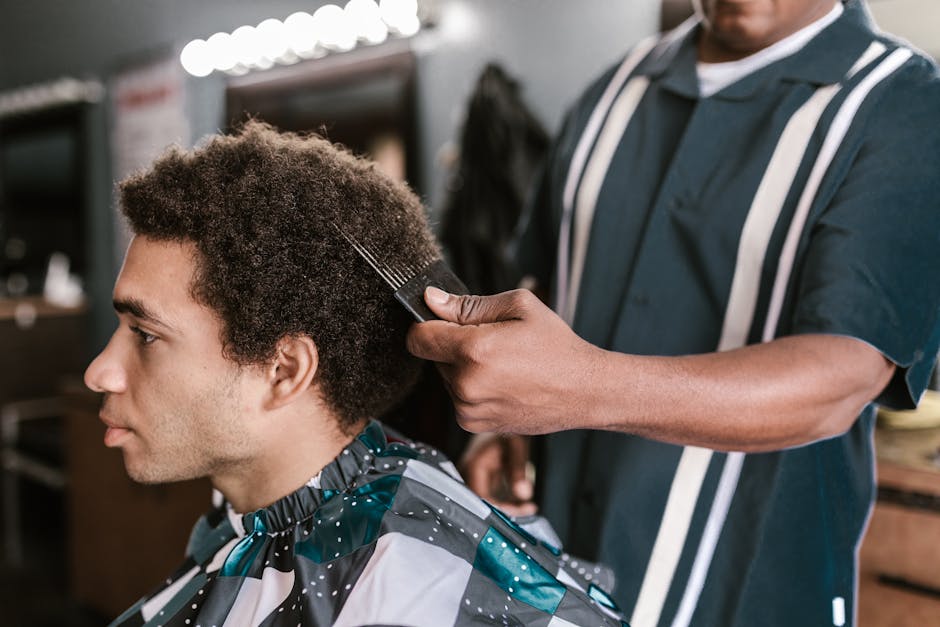Techniques for Resolving Client Disputes
Have you ever had a disagreement with a client? You’re not alone. Disputes can happen in any business. Knowing how to resolve them quickly can save time, money, and relationships. Lets explore effective techniques for handling client disputes.
What Causes Client Disputes?

Understanding the root causes can help avoid conflicts. Common reasons for disputes include:
- Miscommunication: Information may get lost or misunderstood.
- Unrealistic expectations: Clients may expect more than what was promised.
- Quality of service: If the work doesnt meet standards, clients may feel let down.
By recognizing these causes, you can take steps to minimize issues before they escalate.
How Can You Prevent Client Disputes?

Prevention is key. Here are some strategies:
- Clear communication: Always clarify project details and expectations.
- Document everything: Keep records of conversations and agreements.
- Regular check-ins: Touch base with clients periodically to ensure everything is on track.
Implementing these practices can significantly reduce misunderstandings and disputes.
What to Do When a Dispute Arises?

Even with the best prevention, disputes may still occur. Here are steps to take when faced with a disagreement:
1. Stay Calm and Listen
Your first reaction might be defensive, but staying calm is crucial. Listen to your client’s concerns without interrupting. This shows respect and helps you understand their perspective.
2. Acknowledge Their Feelings
Let the client know that their feelings matter. You might say, “I understand why you’re upset; I would feel the same way.” This can ease tensions and open the door for resolution.
3. Find Common Ground
Look for areas where you both agree. This helps build a cooperative atmosphere. You might say, “We both want this project to succeed.” Finding common ground can create a foundation for a solution.
What Techniques Can Help Resolve Disputes?

There are several effective techniques for resolving disputes:
1. Negotiation
Negotiation is a conversation aimed at reaching an agreement. Heres how to approach it:
- Propose solutions: Offer possible resolutions that satisfy both parties.
- Be flexible: Be willing to adjust your proposals based on the client’s feedback.
- Document agreements: Write down what both sides agree to, so theres no confusion later.
Negotiation can turn a negative situation into a positive outcome.
2. Mediation
If direct negotiation fails, consider mediation. This involves a neutral third party who helps facilitate the discussion. Mediators can guide both sides toward a resolution without taking sides.
Think of it like having a referee in a sports gamehelping both teams play fairly and work towards a common goal.
3. Arbitration
Arbitration is a more formal process. An arbitrator listens to both sides and makes a binding decision. This means both parties must agree to follow the arbitrator’s ruling. it’s like going to court, but usually faster and less expensive.
What Are Common Misconceptions About Dispute Resolution?
Many people have misunderstandings about resolving disputes. Here are a few:
- it’s always confrontational: Many resolution techniques focus on collaboration, not conflict.
- it’s a sign of failure: Disputes happen in any relationship; how you handle them matters more.
- Only lawyers can help: Many disputes can be resolved without legal intervention, using negotiation or mediation.
Recognizing these misconceptions can help you approach disputes with a clearer mindset.
How to Maintain a Positive Client Relationship After a Dispute?
Once a dispute is resolved, focus on rebuilding trust. Here are some strategies:
- Follow up: Check in with the client after the resolution to see how they feel.
- Make amends: If appropriate, offer a small gesture of goodwill, like a discount or a complimentary service.
- Continue communication: Keep the lines of communication open to prevent future issues.
Taking these steps can turn a challenging situation into an opportunity for growth.
What Are Some Key Takeaways?
Resolving client disputes doesnt have to be daunting. Here are some important points to remember:
- Prevention is better than cureclear communication is your best defense.
- Stay calm and actively listen to your client’s concerns.
- Utilize negotiation, mediation, or arbitration as needed.
- don’t forget to rebuild the relationship after a dispute.
For further reading on effective communication strategies, check out this Harvard Business Review article.
Disputes are a natural part of business. By using these techniques, you can turn conflicts into opportunities for improvement. Remember, how you handle a dispute can set the tone for your future relationship with a client.



